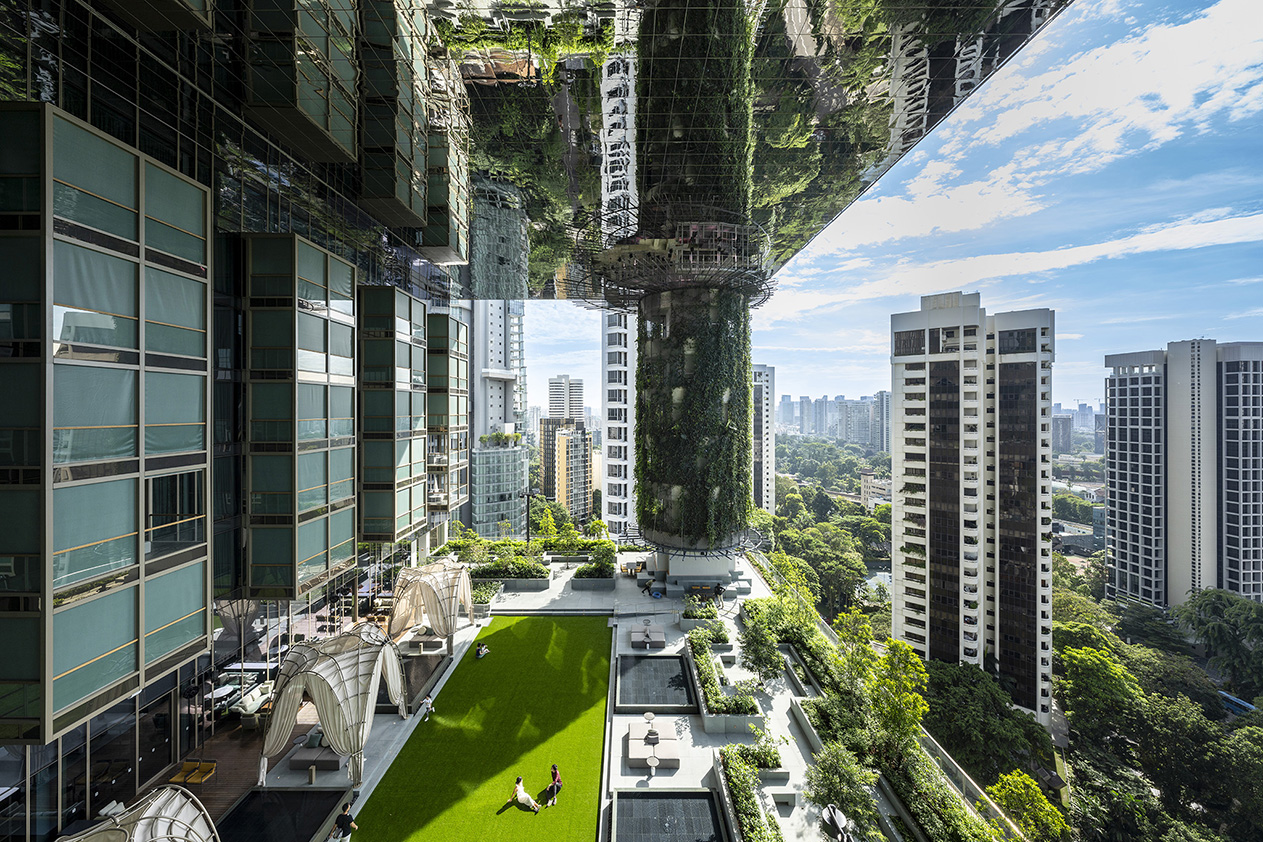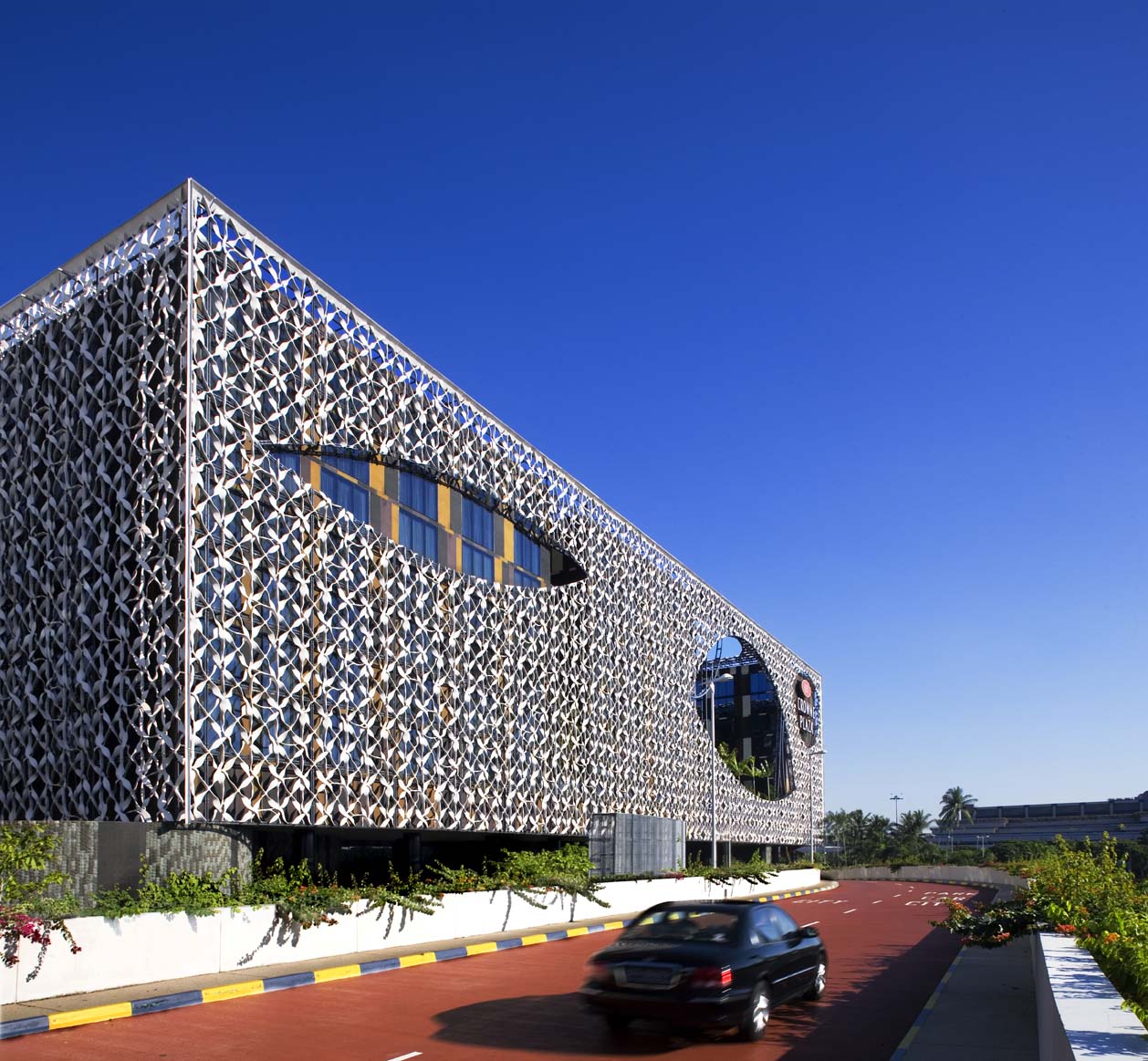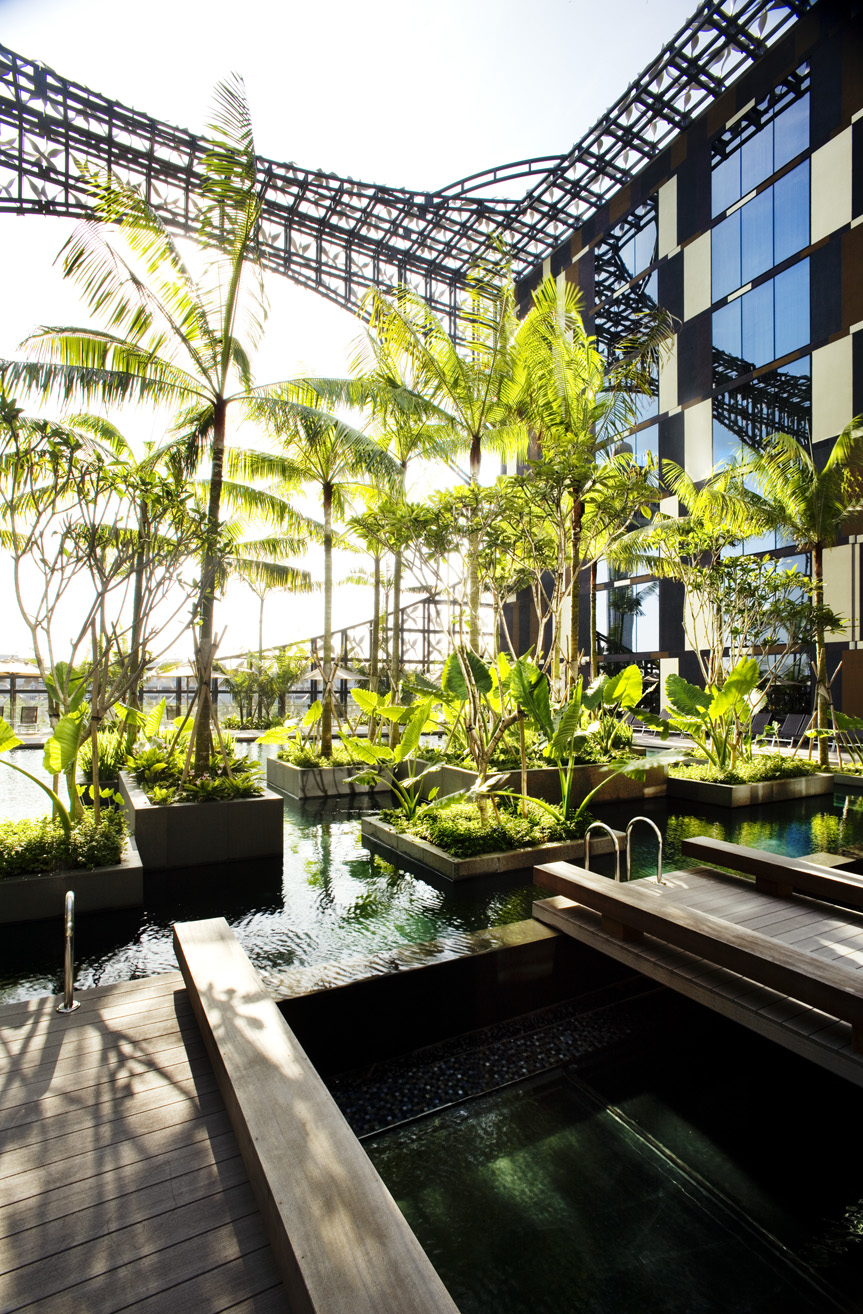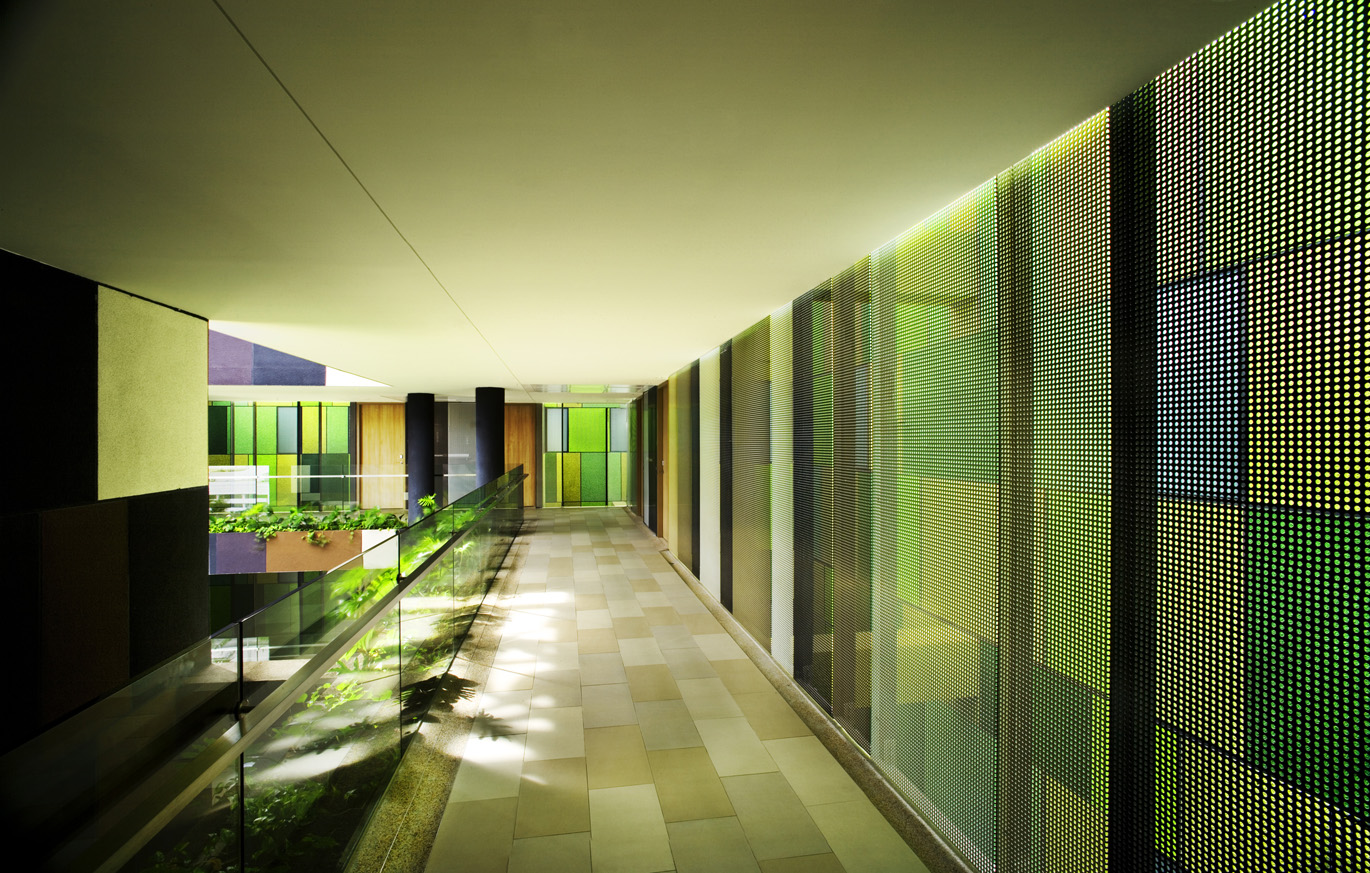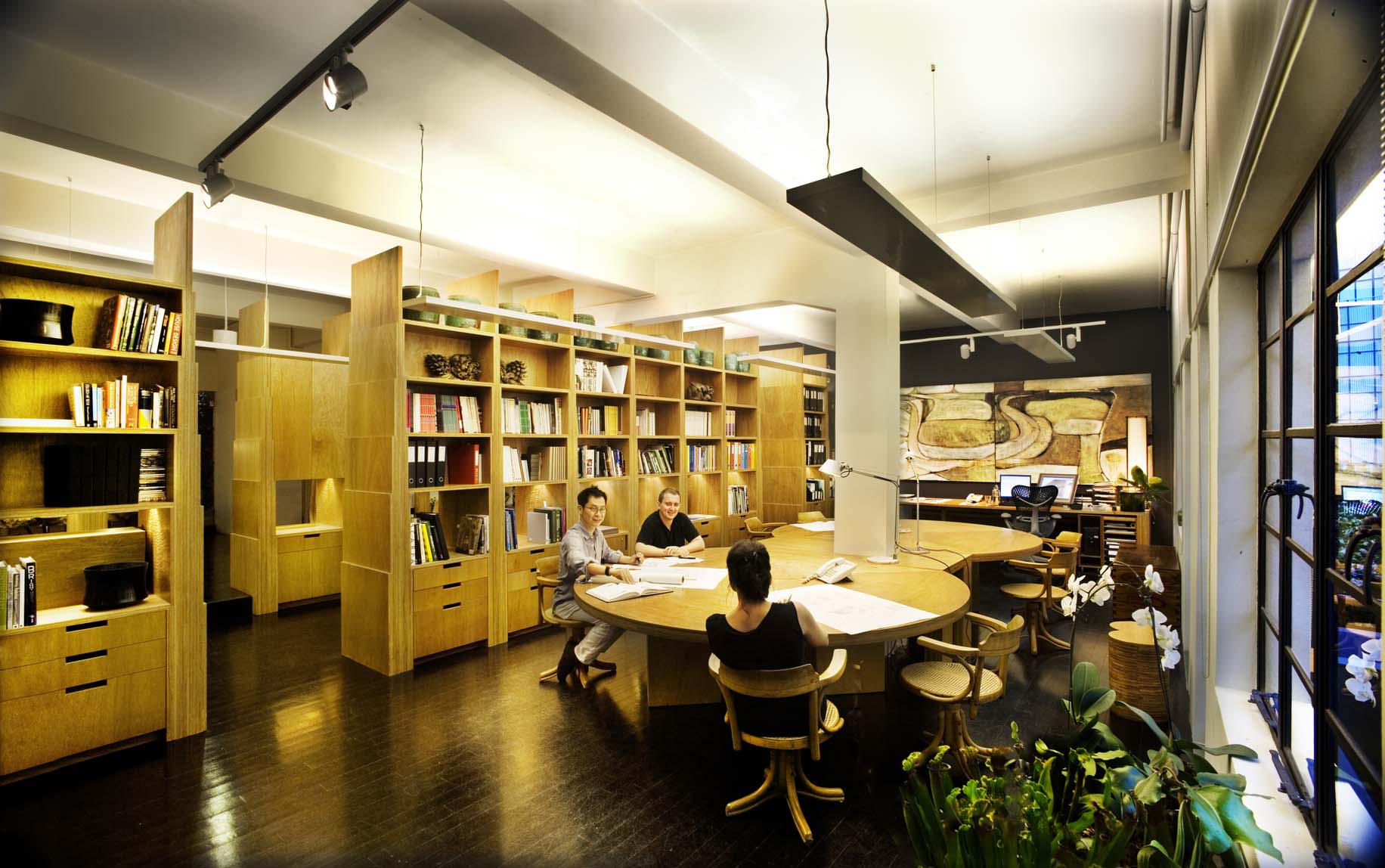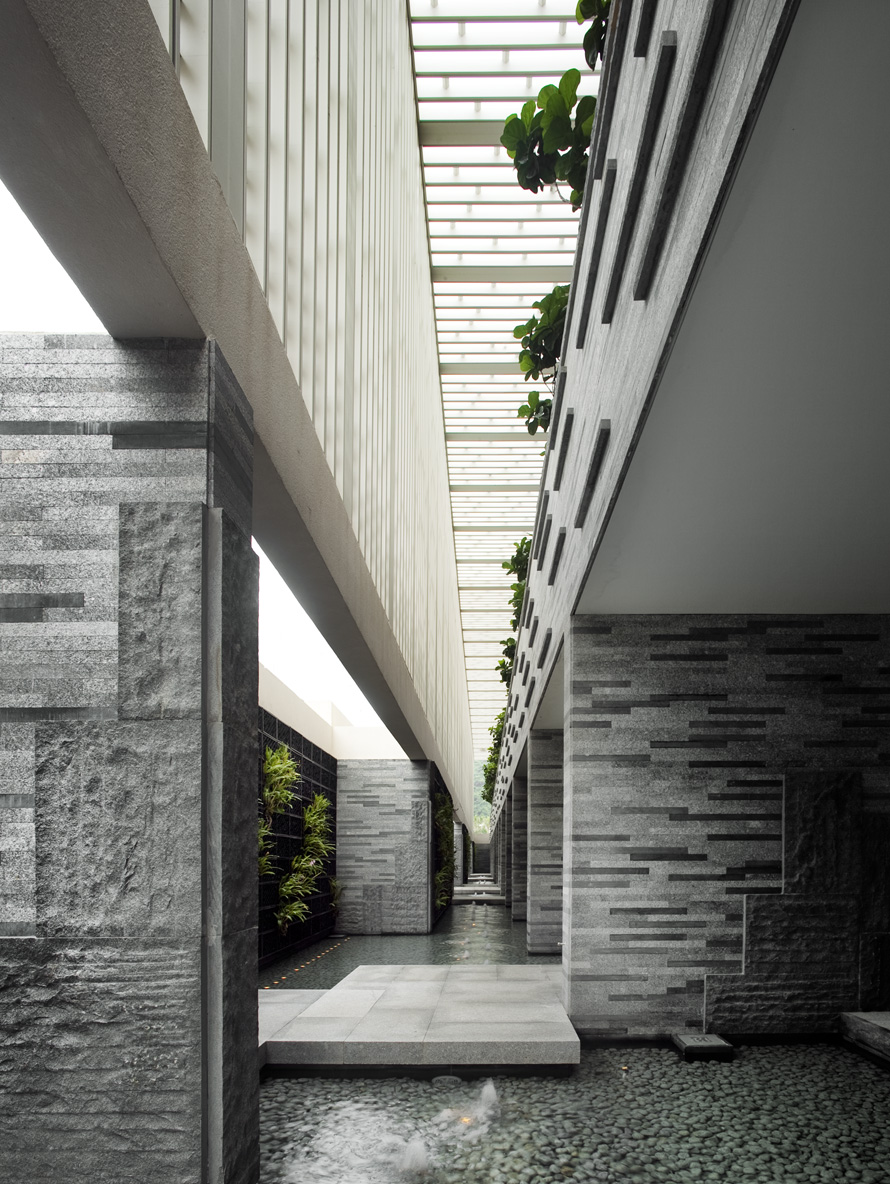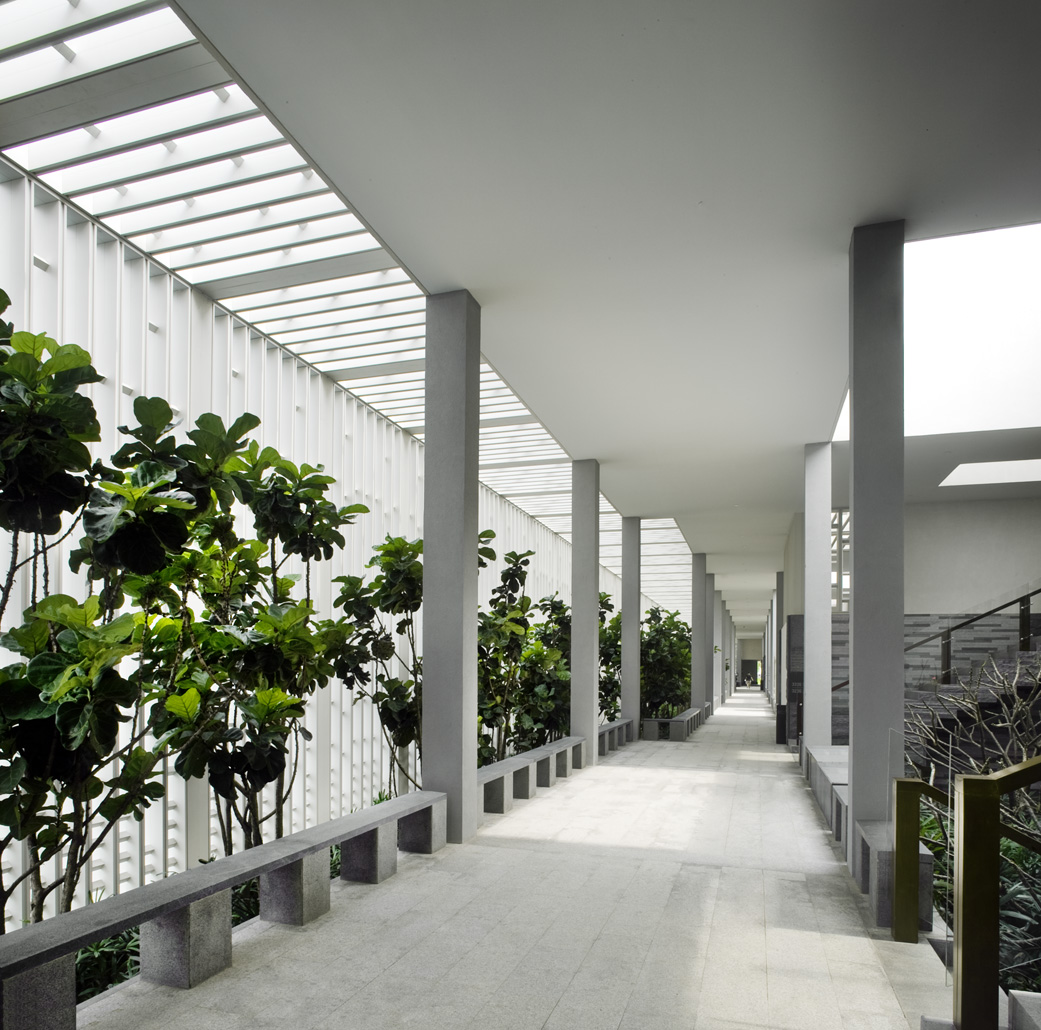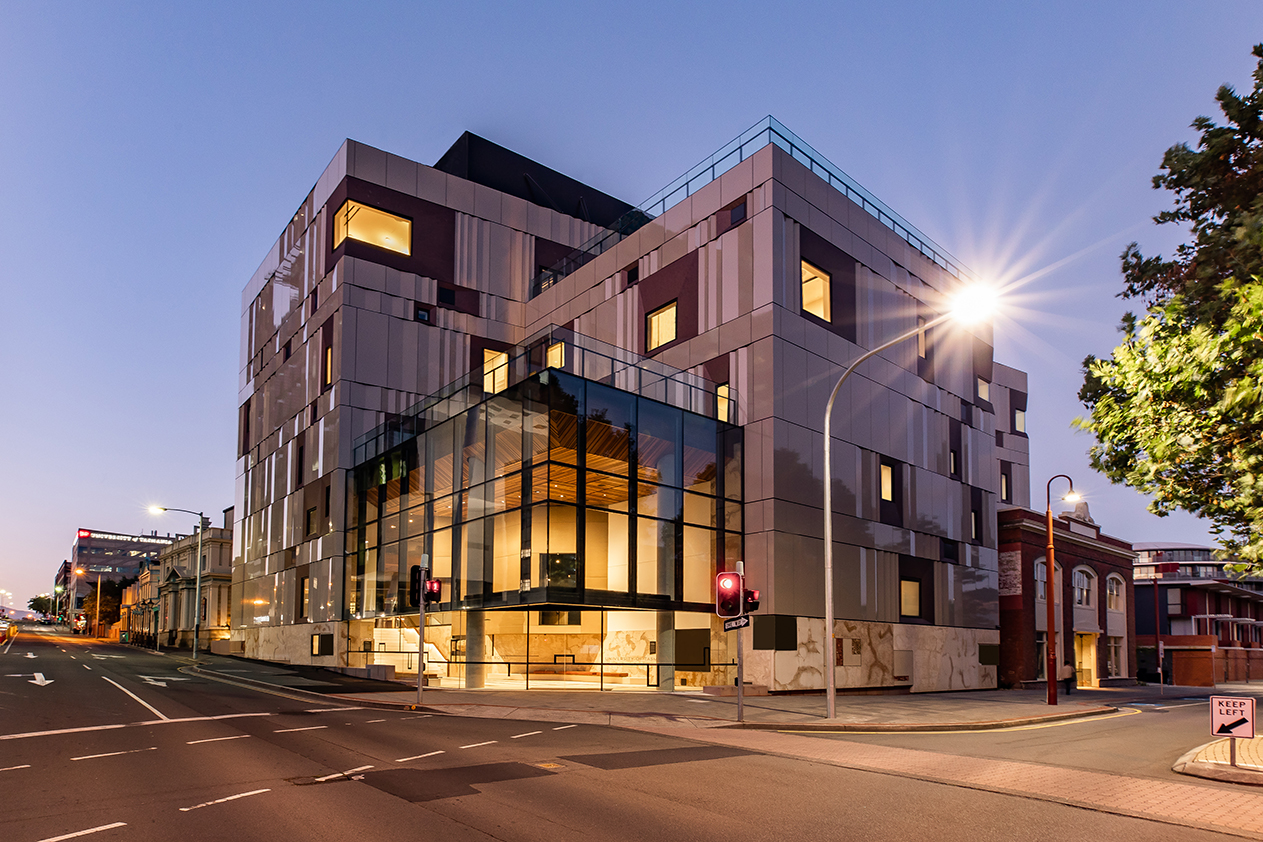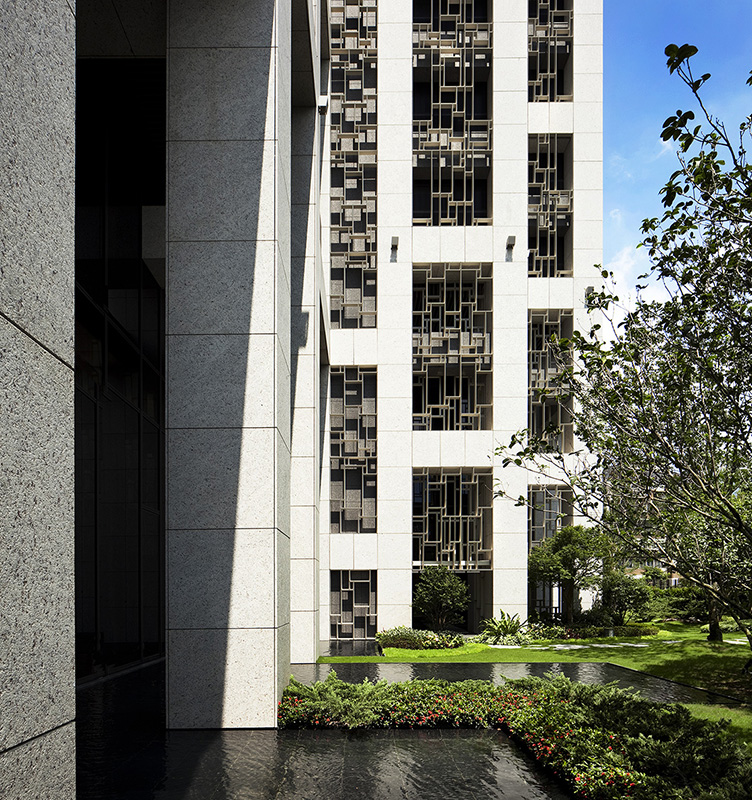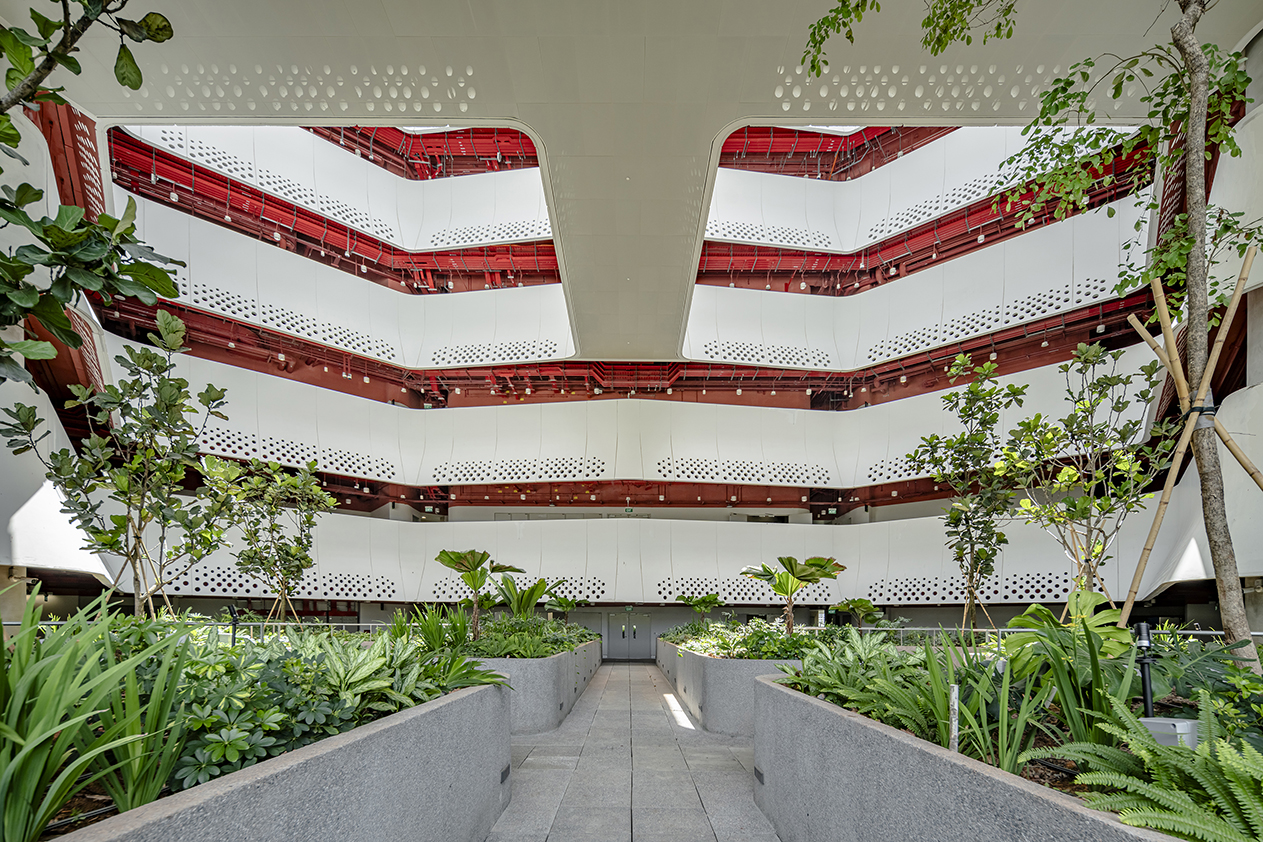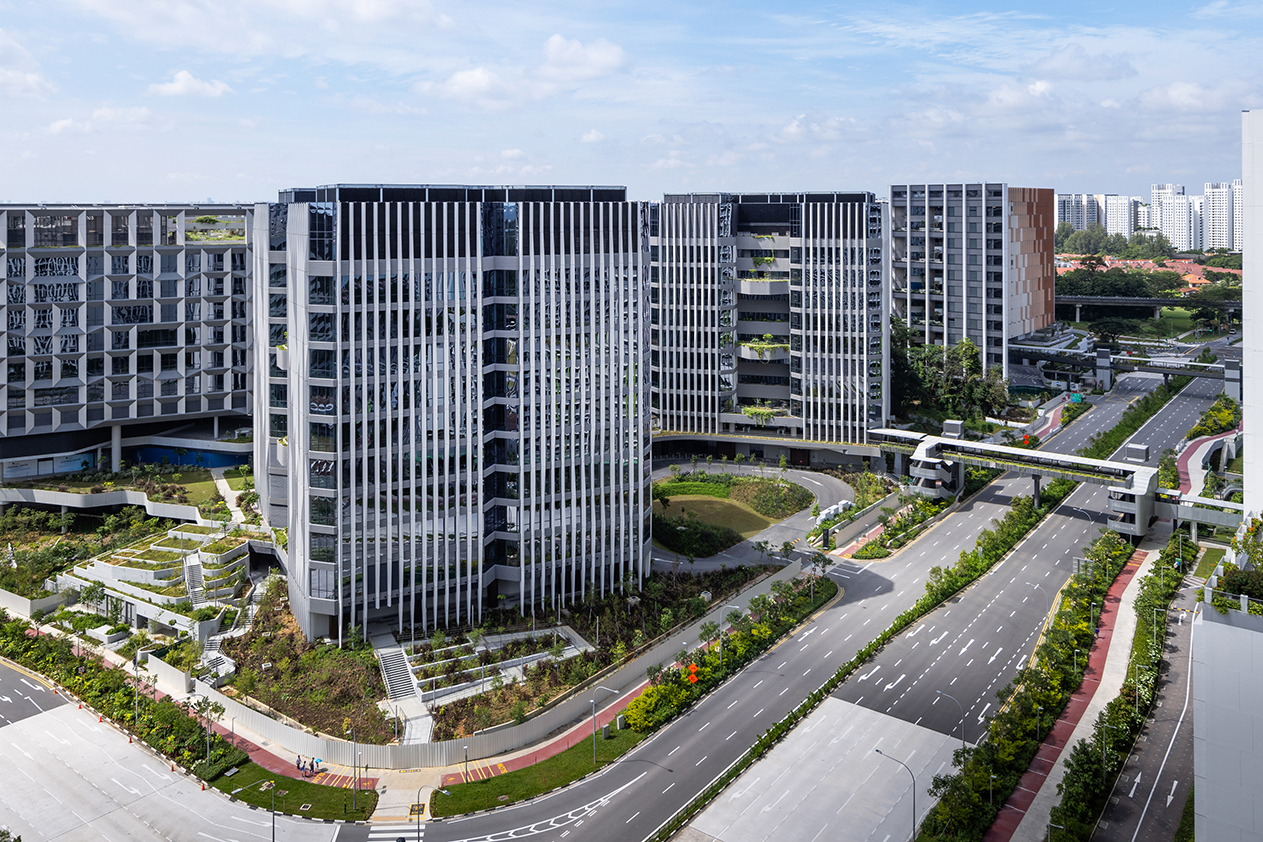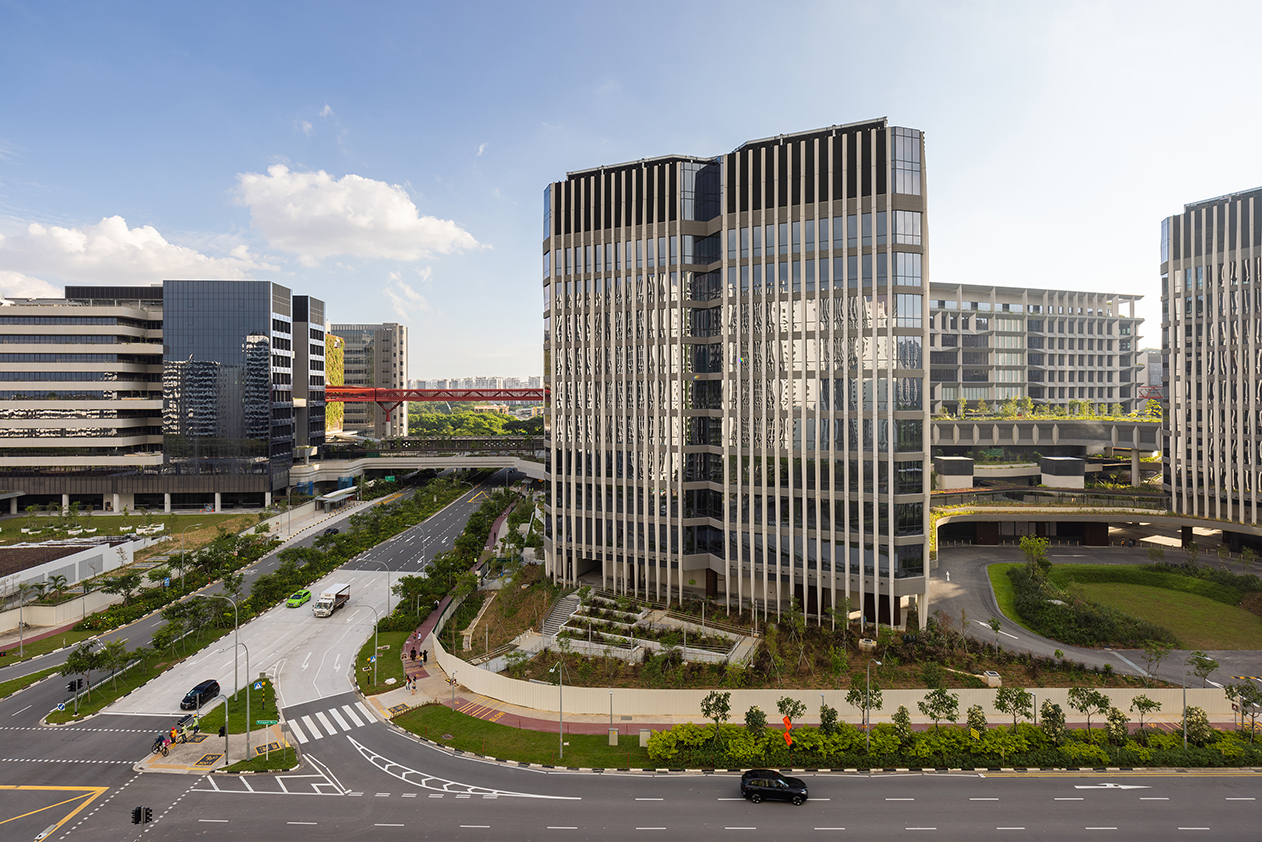Pan Pacific Orchard
The design of Pan Pacific Orchard envisions a new prototype for high-rise tropical hospitality. This 23-storey 350-room building is a distinctive garden hotel, adding to the green and spectacle along Singapore’s Orchard Road shopping belt.
To overcome the limited site area and to break down the scale, the design stacks 4 distinct strata with 3 Sky Terraces inserted as elevated grounds with amenities surrounded by gardens. The guest rooms are split into 3 stacks configured in L-shaped stacks overlooking either the Sky Terraces or city.
The 1st stratum is designed as a Forest Terrace set between Claymore Road and Claymore Drive with a water plaza and cascades and edged by forest trees, creating a dramatic entrance and a memorable urban connection.
The 2nd stratum is conceived as a Beach Terrace, offering guests a tropical oasis, with meandering sandy beachfront and palm groves around an emerald lagoon, set against Orchard Road.
The 3rd stratum is set up as a Garden Terrace orientated towards the quiet residential estate of Claymore Hill. Flanked by the Bar and Lounge, the Terrace showcases a manicured garden, complete with verandah, lawn, fountains and garden.
The 4th stratum is envisaged as a Cloud Terrace comprising of a 400 seat ballroom and event lawn, surrounded by thin mirror pools and filigree planting, washed by natural light filtering through the PV roof canopy.
The interiors are designed to reinforce the experience of each strata, offering a unique boutique-scale hotel experience. Huge living green columns with creepers visually connects the 4 strata, juxtaposing against the stacked massing and lend the urban hotel with a touch of resort.





